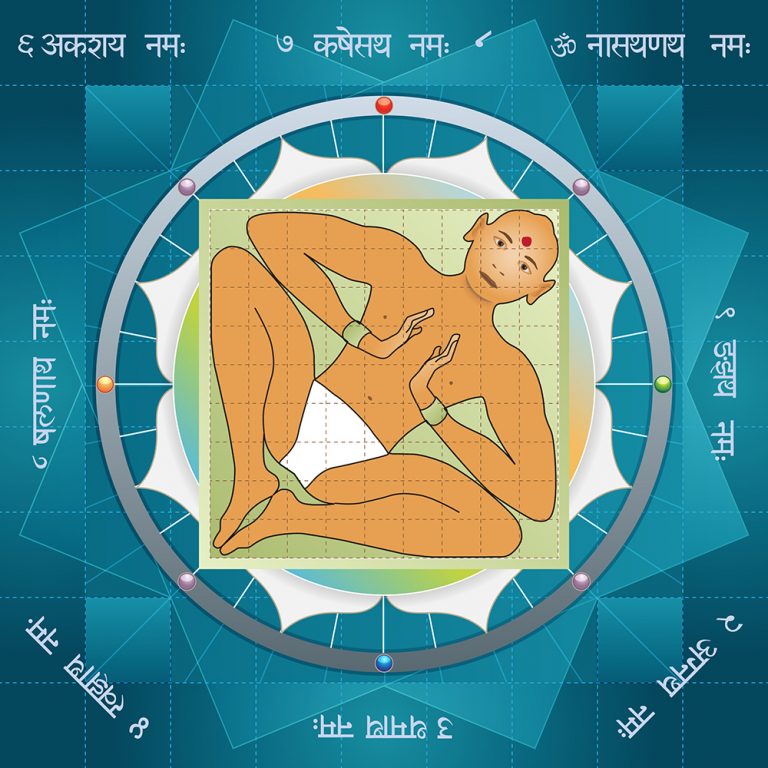Vaastu is an ancient Indian science similar to Chinese Feng Shui.
The Sanskrit word Vaastu is derived from the root word “Vaas” which means to live, to reside, to take shelter of, to inhabit, to occupy any place/structure for residence purpose, for work/business, to study, for worship, for recreation/sports activities, entertainment, etc.
Therefore, the ancient Indian science of Vaastu Shastra (the scripture of Vaastu science) guides us to design the structures of buildings in such a way that it creates harmony amongst the elements surrounding and within the buildings. When the energy flows harmoniously within and around the building structures then the people living in and around those buildings can live a fulfilling life in all aspects – physical, mental, emotional, intellectual, financial, and spiritual.
Vaastu Shastra gives importance to the elevation of structures i.e. the size, shape, etc. It also describes how these structures are influenced by the 5 universal elements (space, air, fire, water, and earth) in and around the structure itself.
The main things considered in Vaastu Shastra are:
- Bhumi – meaning the earth or land.
- Prasada – the structures constructed on a piece of land.
- Yana – the vehicles parked within the boundaries of a structure.
- Shayana – any furniture, fixtures, or fittings used by the occupants within the premises mainly for unwinding their body & mind and to relax.
The science of Vaastu emphasizes constructing structures in a specific way so that a balance is established and maintained amongst the 5 universal elements, thereby ensuring good health and longevity, material comforts, and spiritual progress.
According to Vaastu, each direction is influenced by a specific element and ruled by the master of that particular element, e.g. North direction is influenced by the water element and ruled by “Varun Dev” (the Lord of water). So if we keep any object which represents the water element in the North direction, this can enhance the energy of the water element, and if we keep any wood item or any plant in the North direction, this will suck the energy of the water element, causing a weakening/depleting effect on the residents, because water symbolizes nourishment as well.
In ancient India, the kings used to consult Vaastu experts before commencing the construction of any kind of infrastructure, to ensure responsible economic development and peaceful interaction amongst the citizens.
In modern times, due to rapid urbanization, scarcity of land and an ever-increasing population, it has become common to construct multi-storied buildings so more people can fit into a small piece of land. Apartment living is very much the rule today rather than the exception.
Under such circumstances, it is a little more difficult to apply the principles of Vaastu and Fengshui. However, there is still plenty of scope within Vaastu and Fengshui where steps can be taken to attain the desired environment, such as maximizing the positive effects of “strong directions/corners” within the apartment and minimizing the negative effects of “weak directions/corners”.
At Ayuryoga International, our Vaastu Expert/Consultant Mr. Vinod Sharma Hong Kong provides guidance to clients on how to design their houses, offices, etc. how best to place furniture within the premises in order to create harmony, increase positive energy and remove/minimize negative energy.
He has helped many clients in Hong Kong, India, Russia, Switzerland, Singapore, Taiwan, and many other countries around the world, who have benefitted by following his advice and recommendations.

